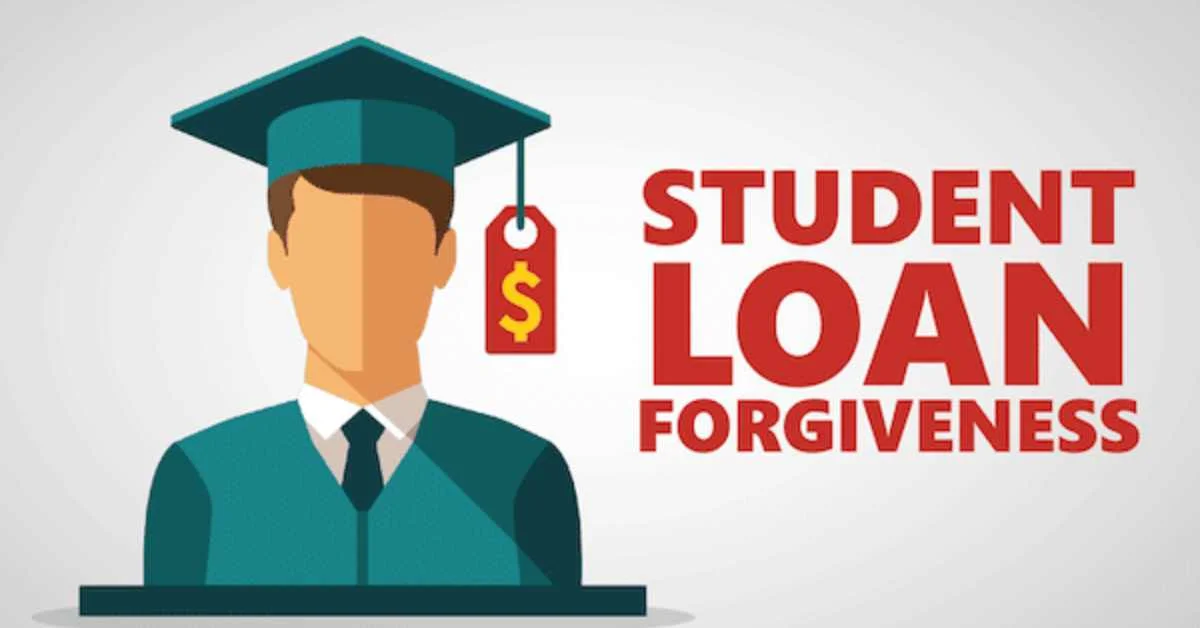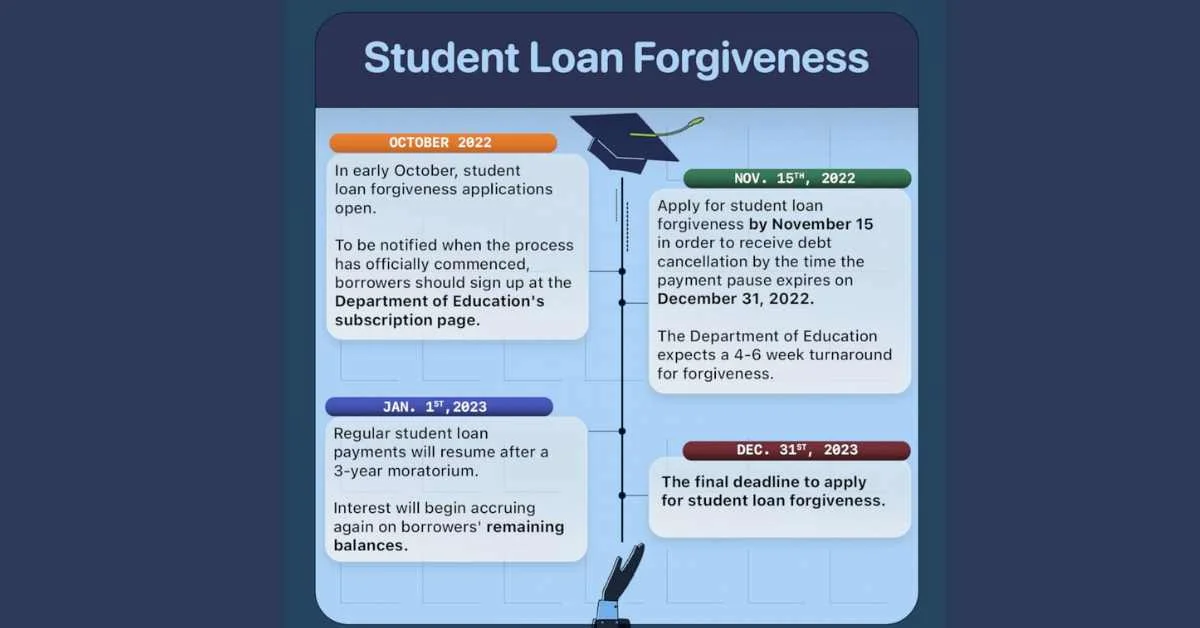On Friday, July 14, the Biden administration announced that more than 800,000 borrowers with $39 billion in federal student loans would have their debt erased. The Department of Education announced that it will start informing borrowers about the impending automatic cancellation of their debt starting today.
The debt relief comes two weeks after the Supreme Court ruled that the Biden administration’s plan for widespread student loan forgiveness was unconstitutional. That plan would have let more than 40 million students each get up to $20,000 in debt canceled.
The Biden administration’s initiative to strengthen income-driven repayment plans (IDRs), which aim to lower monthly student loan payments by tying a person’s payment amount to their income, is related to the plan unveiled on Friday.
Who is Getting Loan Forgiveness?
According to the Biden administration, 804,000 people will receive word that their debt has been discharged. According to the administration, these are those registered in IDRs and accrued the equivalent of 20 or 25 years’ worth of eligible monthly payments.
Why Are They Getting Loan Forgiveness Now?
The administration claimed that it is paying off the loans now to address “historical failures” in the administration of IDRs. Several “qualifying payments made under IDR plans that should have moved borrowers closer to forgiveness were not accounted for,” according to the administration.
In the announcement, U.S. Secretary of Education Miguel Cardona said, “For far too long, borrowers fell through the cracks of a broken system that failed to keep accurate track of their progress towards forgiveness.”
What Happened With Income-driven Repayment Plans?
According to the Higher Education Act and Education Department regulations, the borrower is qualified for forgiveness after paying 240 or 300 monthly payments under an IDR or conventional repayment plan. A variable number of months will apply depending on when a borrower first took out loans, the type of loans, and the IDR plan they were registered in.
However, the government pointed out that “inaccurate payment counts” meant some borrowers weren’t progressing toward loan forgiveness.
What Types of Loans Are Covered?
The Education Department’s Federal Family Education Loans, Parent PLUS Loans, and Direct Loan borrowers are all covered.
Must check out the links that we have provided to you below for more updates:
- Student Loan Forgiveness: What’s getting fixed? Latest Update
- Student Loans Wiped: 550000 Borrowers Took a Sigh of Relief
How is the Length of Time Calculated?
According to the Education Department, it is determining the threshold for forgiveness for those who obtained credit toward IDR forgiveness for any of the aforementioned periods:
- Any payment made in a month when they were in repayment status, whether partial or late.
- Any period a borrower has been in forbearance for at least 12 months.
- Any month in forbearance for borrowers who have been in forbearance for at least 36 months.
- Any month spent in deferment before 2013, except in-school deferment.
- On or after January 1, 2013, any month spent in economic hardship or military deferment
- Any months in the aforementioned categories that happened before a loan consolidation will also be counted toward forgiveness.
If you find this article helpful and want more updates on this, then follow us on Leedaily.com.

